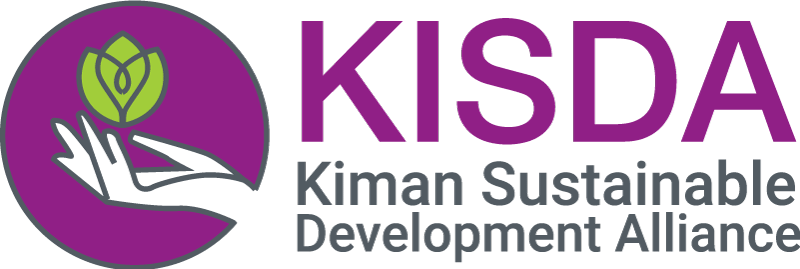The importance of ASAL plants and their vast therapeutic and medicinal properties presents interesting opportunities for women-centered enterprise development in Northern Kenya and climate resilience.
Companies like Doterra (essential oils) and Riyan Organics (Organic Cosmetic Products) are examples of enterprises that have added value to Somalia’s and Somaliland’s plant assets to create premium-priced high-demand products.
Women from the counties in Northern Kenya can draw from these examples to create climate-smart and profitable enterprises to improve their surroundings/environment and their quality of life.
Plants use photosynthesis to convert carbon dioxide, water, soil nutrients, and sunlight into nutritious and energy-rich plant matter. Photosynthesis uses two pathways – C3 and C4 (see diagram below).

95% of plant species on earth use the C3 process. Plants native and predominant in the arid and semi-arid ecological zones use the C4 pathway which uses fewer resources, especially water. A significant portion of medicinal plants uses C4 pathways.
Riyan Organics, a Swedish-based organic cosmetics company was founded by Muna Magan. Muna, a native of Somaliland, draws from traditional Somali beauty recipes to create an organic line of cosmetic and skin care products. With the help of women groups in Somaliland, Muna harvests the base ingredients for her products thus providing women in her native homeland with income-generating opportunities.
KISDA aims to combine reforestation initiative with plant-extract cottage industries and other forest-based enterprise to create income generating opportunities for women in Northern Kenya.

The KISDA, through its Miradi-Hub and Greening the North initiatives, aims to create sustainable and climate-smart income-generating opportunities for women in Northern Kenya.
Existing studies have identified 17 plant species native to Northern Kenya that have active value chains in Marsabit and Moyale, trading up to 5500kg worth USD 29,000 annually.
KISDA aims to use tree planting using a mixture of indigenous tree species, plant-extract cottage industries, and forest-based enterprises (such as beekeeping and honey production) to create a sustainable business model that incentivizes community-based reforestation programs.

